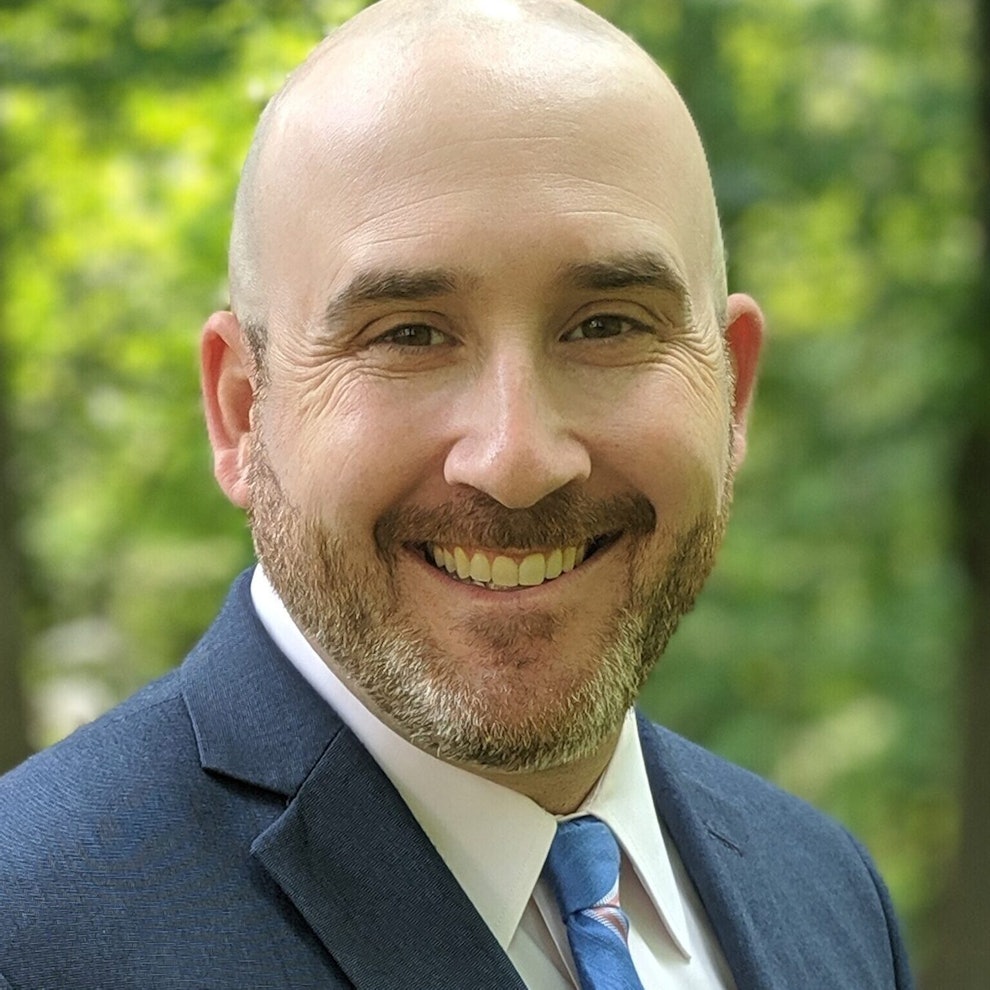42% of Oak Street Health Medicare Beneficiaries are Dually Eligible For Medicare and Medicaid. We Shared How to Deliver Exceptional Care For This Population

As a critical part of its mission to rebuild healthcare as it should be, Oak Street Health makes it a priority to bring high-quality primary care to all, regardless of income, background or zip code. Because we are focused on delivering services where they are needed most, our clinical teams care for many people who are eligible for both Medicare and Medicaid, often called “dually eligible” individuals. In 2021, the latest period for which we have data, 42% of our patients were either partially or fully dually eligible. Today, we provide care in over 21 states serving over 200,000 seniors.
This work is incredibly important because studies have shown that dually eligible beneficiaries face inadequate access to primary care, typically experience higher rates of chronic disease, face tremendous lack of care coordination and, as a result, account for a disproportionate amount of healthcare spending across both Medicare and Medicaid. Recently, six U.S. Senators serving on the Finance Committee announced a bipartisan effort to improve care for the dually eligible population. Oak Street Health’s Co-Founder and Chief Innovation Officer, Geoff Price, took the opportunity to share with the Senators learnings from our deep experience in delivering care to these patients and also to provide guidance regarding how Congress could approach this work.
As Geoff wrote in our response, “In many ways, the Oak Street Health value-based primary care model, in its totality, is a structure uniquely built to care for the dually eligible population. However, a major impediment to our model working even better than it already does is the dysfunctional way in which our nation cares for dually eligible individuals and the lack of integration between the various payment streams for this care.”
Here, we summarize some of the key priorities we hope Congress will take under consideration as it looks for ways to improve care for the dually eligible. You can read our comment in full here.
Build upon and/or expand the Centers for Medicare & Medicaid Services (CMS) Financial Alignment Initiative, which is a demonstration model being tested in 10 states to better align the financial incentives of Medicare and Medicaid and to better integrate primary, acute, behavioral health and long-term services and supports for dually eligible beneficiaries. In our experience, this is the model that works best for this population. Within our Illinois dual population, beneficiaries in the Financial Alignment Initiative were readmitted to the hospital 30 days after discharge at a 9% lower rate than those not in that program. In addition, this population saw a 12% reduction, compared to dually eligible beneficiaries not in the demonstration program, in initial hospital admissions from January 2021 through June 2022. As CMS and Congress look to the future, we specifically recommend they work with states to preserve the integration features of this program, which drive much of its success, and make a sustained commitment to the program structure, even if the components are moved into another program. That will be an important and necessary show of support from the federal government to give continuity to the private sector, encourage investment, and spur continued success.
Streamline insurance carriers and cards. From a financing perspective, a reformed duals structure would ideally include one payment stream across both Medicare and Medicaid, providing a single entity with a joint payment for covering all benefits for dually eligible individuals. Under the current system, when Medicaid is overseen in a state by a managed care organization, beneficiaries may have a Medicaid card from one insurance company and a Medicare Advantage card from another. One can only imagine the confusion this causes for beneficiaries, their families and healthcare providers, so streamlining to a system where dually eligible beneficiaries can use one insurance card would make for more efficient, and easy-to-use, healthcare.
Support better data sharing for providers. For value-based providers like Oak Street Health, access to real-time accurate data about patients is essential to delivering proactive, primary care. Having Congress and/or CMS require Medicare Advantage health plans and hospitals to share historic claims data — and notifications about when a patient has been admitted to a facility or visited an emergency room ‑would significantly improve care coordination for dually eligible beneficiaries, although the improvements to care would not be isolated to that population alone.
Develop a voluntary system aimed at enabling continuity of care and beneficiary choice. In certain states, dually eligible individuals in some instances have been assigned into particular programs or to particular insurance carriers, which risks causing disruptions to care if they can no longer see their long-time provider. We caution Congress to avoid this type of disruption via voluntary election into any program like this with a default to maintain the patient’s current provider wherever possible.
Align quality program metrics (i.e. MA STARS) and risk adjustment to account for the diversity of the dual-eligible population. We applaud the Senate Finance Committee for looking at the dually-eligible beneficiary population not as a single monolith, but as a collection of sub-populations. To that end, an augmented set of reporting requirements looking at all program performance measures through the lens of race/ethnicity, gender, income status, disability and sexual orientation, among others is a critical place to start in order to take into account the diversity of the dually eligible population. Specifically, we:
Urge CMS to codify their December 27, 2022 proposed rule to create a Health Equity Index in the MA STARS structure;
Recommend risk adjustment not only capture demographic factors, Medicaid status and chronic condition burden, but also the social complexity of a given population, which is correlated with increased total cost of care. We see this as a necessary component to addressing the historic inequities which continue to impact our healthcare delivery system.
We look forward to continuing to engage Congress and CMS on these important issues to improve healthcare for the dual eligible population, and all older Americans.
Become a patient
Experience the Oak Street Health difference, and see what it’s like to be treated by a care team who are experts at caring for older adults.



